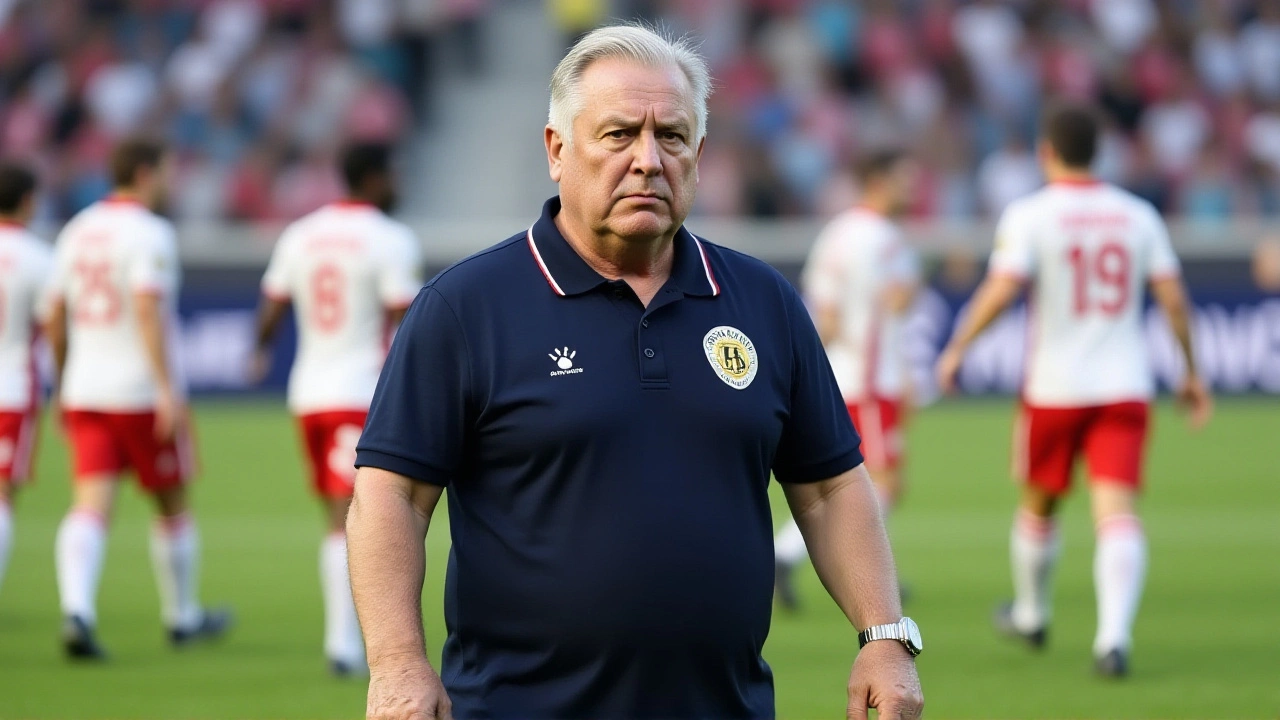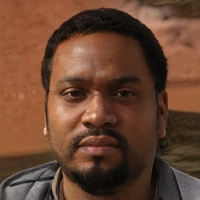On November 21, 2024, CONCACAF delivered one of its most unexpected nights ever: Panama, Haiti, and Curaçao clinched direct qualification for the 2026 FIFA World Cup—not through a miracle, but through the collapse of old hierarchies. With the United States, Mexico, and Canada already locked in as co-hosts, the three direct CONCACAF spots were suddenly up for grabs among the region’s underdogs. And they grabbed them.
A Night That Rewrote Caribbean Football History
The Golazo Show’s broadcast that night didn’t just report results—it chronicled a seismic shift. "One of the, if not the most historic night in Caribbean football history," the host declared. And he wasn’t exaggerating. For decades, Caribbean nations had been footnotes in World Cup qualifying, overshadowed by the North American giants. But on Matchday 6, with Jamaica falling 2-1 to Curaçao in a tense match in Willemstad, and Haiti holding on for a 1-1 draw against Honduras in Tegucigalpa, the math finally broke their way.
Here’s the twist: Honduras needed a win. A draw would send them home. They had the home crowd, the momentum, the history. But Haiti’s defense held firm. And when the final whistle blew, the Caribbean had not just one, but two direct qualifiers. Curaçao, with its FIFA ranking of 72nd—higher than Jamaica, Costa Rica, and even Honduras at the time—wasn’t just qualifying. They were positioning themselves for a shortcut to the final interconfederation playoff.
The Numbers Game That Broke Honduras
"It’s a numbers game," the Golazo Show host repeated. And he was right. With Costa Rica also in the mix, the goal difference between Honduras and Haiti swung by two goals. A 1-1 draw meant Haiti advanced on superior goal difference. Honduras, who hadn’t beaten their opponent in this stadium since 2004, were left staring at a wall of regret.
That 2004 win? A 5-2 thrashing featuring David Suazo, Rambo Leon, and Amado Guevara—a team that felt like a different era. Now, Honduras’ squad was younger, scrappier, but emotionally unprepared for the pressure. "For now, it’s Honduras that has to have the pressure," the host said. And they cracked.
Curaçao’s Secret Weapon: FIFA Ranking
What made Curaçao’s qualification even more remarkable wasn’t just that they made it—it’s how easily they might advance next. Their high FIFA ranking means they’ll likely bypass the preliminary round of the March 2026 interconfederation playoff and go straight to the final one-off match. One game. One chance. One shot at the World Cup. No two-legged ties. No home-and-away drama. Just a single knockout in a neutral venue.
"They will go straight into that interconfederation final," the host noted. That’s not just luck—it’s the result of years of investment, diaspora talent recruitment, and smart coaching. Curaçao’s squad is full of players raised in the Netherlands, Belgium, and the U.S., but they play for the island. And now, they’re on the global stage.

Panama: The Central American Anchor
While the Caribbean stole headlines, Panama quietly delivered. They finished second in Group A with 14 points, a steady performance built on disciplined defending and clinical counterattacks. Their qualification wasn’t flashy, but it was essential. For Central America, where the "obligation to reach the World Cup" is almost a mantra, Panama’s presence was a lifeline. They’ve now qualified for four consecutive World Cups—something no other Central American nation has done.
"They didn’t need to be perfect," said one former Panama captain in a post-match interview. "They just needed to be consistent. And that’s harder than it sounds."
What This Means for the Future
This isn’t just about 2026. It’s about perception. For the first time in decades, Caribbean teams aren’t just participants—they’re contenders. The CONCACAF structure, once dominated by three North American giants, is now a four-horse race. And the horses aren’t from the U.S. or Mexico.
Next cycle, the pressure will be on the traditional powers to rebuild. Jamaica, Costa Rica, and Honduras will need to overhaul their youth systems. The Caribbean nations? They’ll be the ones with momentum, confidence, and now, proof that they belong.

What’s Next?
The March 2026 interconfederation playoff looms. Curaçao will face either a team from Asia, Africa, or Oceania in a single match for the final World Cup spot. Meanwhile, Haiti and Panama will begin preparing for the World Cup in June 2026, their first appearances since 2018 and 2018 respectively.
And somewhere in Port-au-Prince, in Willemstad, and in Panama City, kids are now dreaming not just of playing in the World Cup—but of winning it.
Frequently Asked Questions
How did Panama, Haiti, and Curaçao qualify without playing the top CONCACAF teams?
The United States, Mexico, and Canada qualified automatically as co-hosts of the 2026 World Cup, leaving three direct spots open. Panama, Haiti, and Curaçao finished among the top three in the CONCACAF qualifying group stage, outperforming traditional rivals like Honduras and Costa Rica. Their qualification was a direct result of the expanded 48-team format and the absence of the North American giants from the qualifying race.
Why is Curaçao’s FIFA ranking so important for the playoff?
Curaçao’s FIFA ranking of 72nd as of November 2024 is the highest among the non-automatic qualifiers from CONCACAF. This means they’ll bypass the preliminary round of the March 2026 interconfederation playoff and enter directly into the final one-match showdown. Most teams must play two rounds; Curaçao only needs to win one game to reach the World Cup.
What’s the significance of Haiti’s qualification?
Haiti’s last World Cup appearance was in 1974. Their return after 52 years marks the longest gap between appearances for any Caribbean nation. Qualifying without the usual North American dominance proves that Caribbean football can thrive independently. It also energizes a national program that has struggled with funding and infrastructure for decades.
How did Honduras lose their chance despite home advantage?
Honduras needed a win against Haiti to qualify. A draw or loss meant elimination. Despite playing at home in Tegucigalpa and having a 11-4 overall record against Haiti in qualifying, they failed to break through. Haiti’s defensive discipline and a late equalizer by Jean-Jacques Pierre sealed their fate. Honduras’ last win at that venue was in 2004, a sign of how long their dominance has faded.
Will this change how CONCACAF qualifying works in the future?
Absolutely. The 2026 cycle exposed how reliant the region was on North American dominance. Now, Caribbean nations have proven they can compete—and win—without the co-hosts. Expect CONCACAF to adjust its format to ensure more competitive balance, possibly expanding the number of direct spots or restructuring group stages to prevent future "vacuum" scenarios like this one.
What does this mean for Caribbean football development?
This is a watershed moment. Youth academies in Haiti, Curaçao, and Jamaica will see increased funding and attention. National federations are already planning to replicate Curaçao’s model—leveraging diaspora talent while maintaining national identity. The message is clear: you don’t need to be a giant to reach the top. Just be smart, consistent, and proud.

